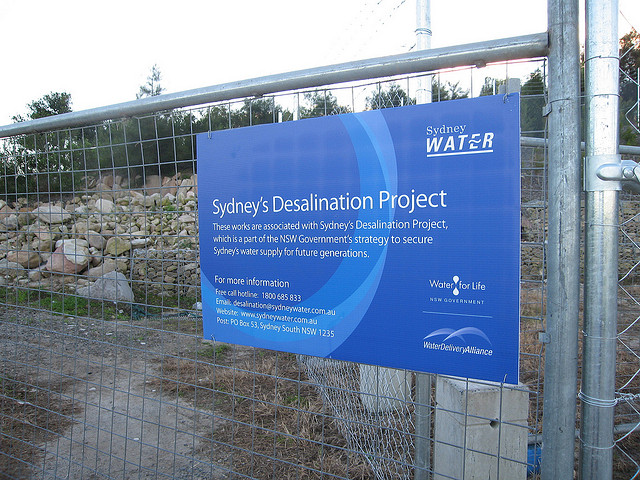
In an era of rising water demands and more frequent extreme droughts, there is growing interest in desalination technologies. Removing the salt from seawater or various impurities from wastewater are among the few ways of obtaining fresh water that are independent of rainfall.
There are more than 17,000 desalination plants around the world and they are crucial in dry countries such as Australia and countries in the Middle East. However, the problem is that desalination is expensive, energy-intensive, and often harmful to the environment. Therefore, it is no surprise that there are many efforts underway to develop improved desalination techniques.
Most desalination plants use either vacuum distillation or reverse osmosis. Both are quite energy intensive. A San Francisco area company called Trevi Systems is developing a new process that they call “forward osmosis” that they claim uses less than a quarter of the energy needed for standard reverse osmosis systems.
Companies in Israel and Singapore are developing novel membrane technologies and chemical-free desalination processes. Cutting-edge research of graphene membranes holds the promise for drastically cheaper reverse osmosis. Water FX, a California-based company, is developing a desalination process that utilizes solar thermal energy to evaporate salt water or wastewater in a still leaving behind solids that can be safely carted away.
In the big picture, as water supplies become less available and less reliable, there will be increasing emphasis on wastewater recycling, storing rainwater, and desalination to supply fresh water.
**********
.
Web Links
New Desalination Technologies Spur Growth in Recyling Water
Photo, posted May 7, 2008, courtesy of Lelak via Flickr.
.
Earth Wise is a production of WAMC Northeast Public Radio.